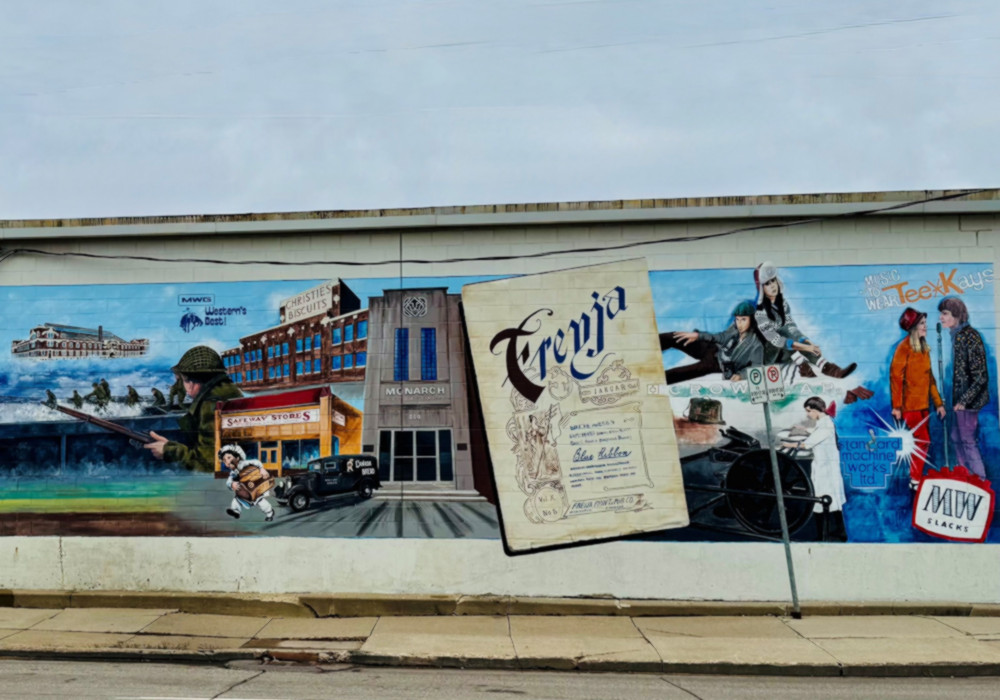Port Moody was given its name in 1859 in honour of the commander of the Royal Engineers, Col Richard Clement Moody. However, the site remained undeveloped wilderness until 1879 when it was chosen by the Federal Government to be the Western Terminus of the Canadian Pacific Railway (CPR). A flurry of speculation and development followed. Hotels and stores sprang up to supply the needs of the railway workers. The first telephone system in British Columbia was setup between Port Moody and New Westminster in 1884. Excitement reached a peak in 1885 with the driving of the Last Spike at Craigellachie, BC and the arrival of the first rain to Port Moody on November 8, 1885.
A celebration was held for the arrival of the First Scheduled Passenger Train on July 4, 1886. However, the celebration was short lived as rumours had been that the end of the line was going to move to Coal harbour. After numerous court cases, this came to pass on May 23rd, 1887. Port Moody went into a local state of depression and didn’t revive for 30 years.
By 1907, the world economic growth cycle impacted the forest industry with 2 large lumber operations and many smaller ones locating in Port Moody. Development was such that a request for a rail transit system to connect to New Westminster was requested. This was also denied.
It was over 65 years later, in 1975 that requests again were made for transit connections to New Westminster and Vancouver. Numerous proposals and plans were made over the next 37 years. In 2009, a decision was finally made for a ‘Skytrain’ style system that would connect from the existing Lougheed Station in Burnaby, travel via tunnel under Clarke Hill, through Port Moody and on to Coquitlam Centre. The system will not be completed until 2016. The speculation and development from this new rail transit has interesting comparisons to the coming of the CPR in the 1800s, and will influence Port Moody’s development for the next century.


